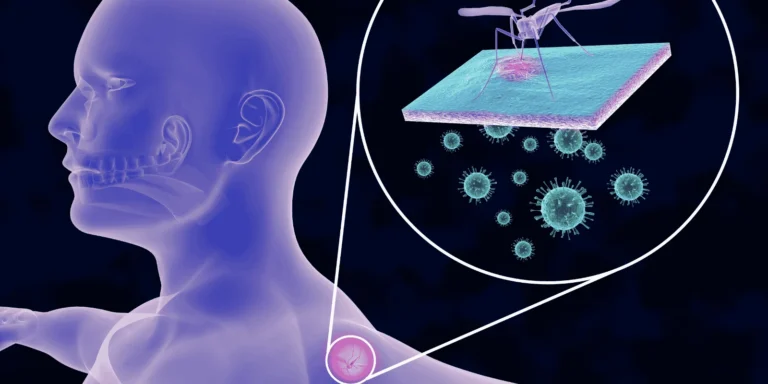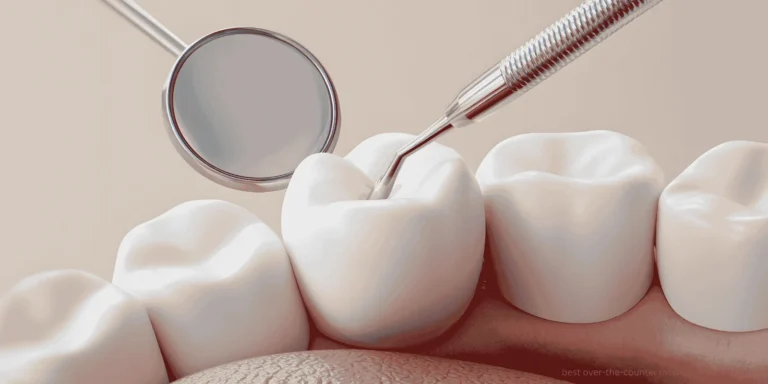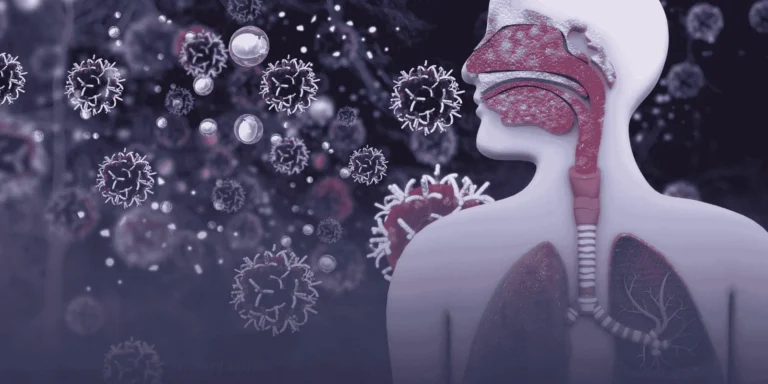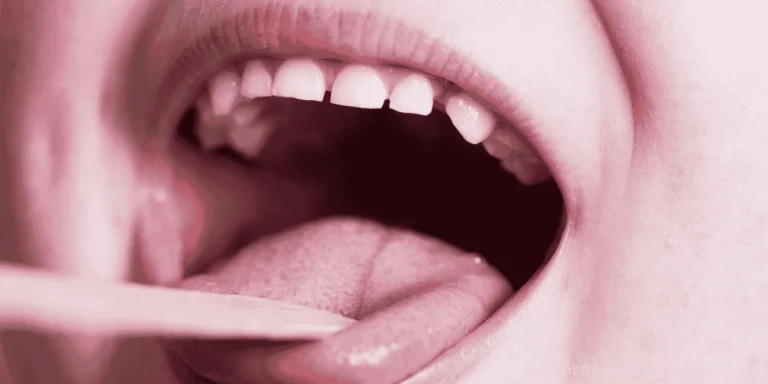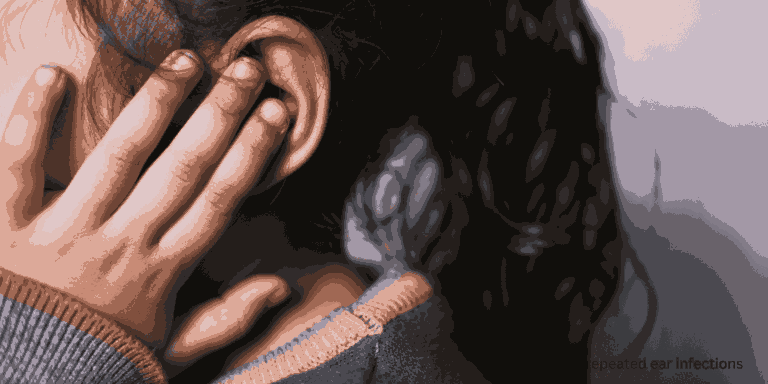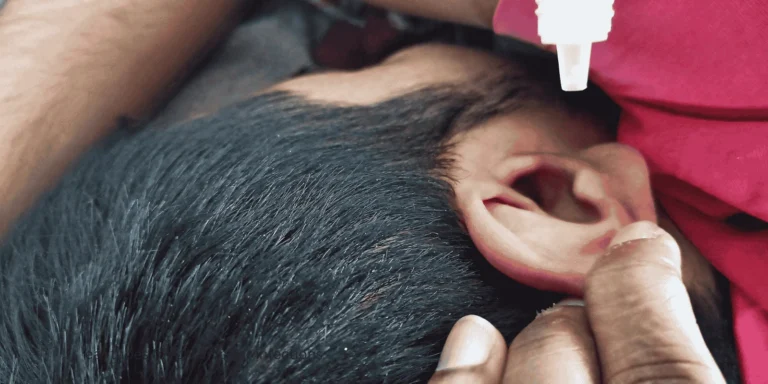Recognizing UTI symptoms early can help you get treatment sooner and prevent the infection from worsening. After treating thousands of UTI patients, I’ve identified the most common symptoms people experience.
The classic triad of UTI symptoms includes:
Dysuria (painful urination) is usually the first and most noticeable symptom. Patients often describe it as burning, stinging, or sharp pain during urination. This occurs because inflamed bladder and urethral tissues are irritated by passing urine.
Frequency and urgency mean feeling like you need to urinate constantly, even when your bladder isn’t full. You might rush to the bathroom only to produce a small amount of urine, then feel like you need to go again immediately.
Pelvic or suprapubic pressure manifests as discomfort in the lower abdomen, especially in women. This pressure often worsens when the bladder is full and improves temporarily after urination.
Other common symptoms include:
- Cloudy or bloody urine – Normal urine is clear and pale yellow. UTI urine often appears cloudy due to white blood cells and bacteria, or pinkish/red from blood.
- Strong, unpleasant urine odor – Infected urine typically has a distinctly foul smell, quite different from normal urine odor.
- Lower back pain – This can indicate the infection has spread to the kidneys, requiring more urgent treatment.
Some people experience fatigue or general malaise, especially if the infection is more severe or has been present for several days.
Fever and chills are less common with simple bladder infections but may occur with kidney involvement.
It’s important to note that symptoms can vary between individuals. Some people have very mild symptoms, while others experience severe discomfort. Elderly patients might only show confusion or changes in behavior.
If you’re experiencing these symptoms, ChatRx can help determine if you likely have a UTI and need antibiotic treatment.


